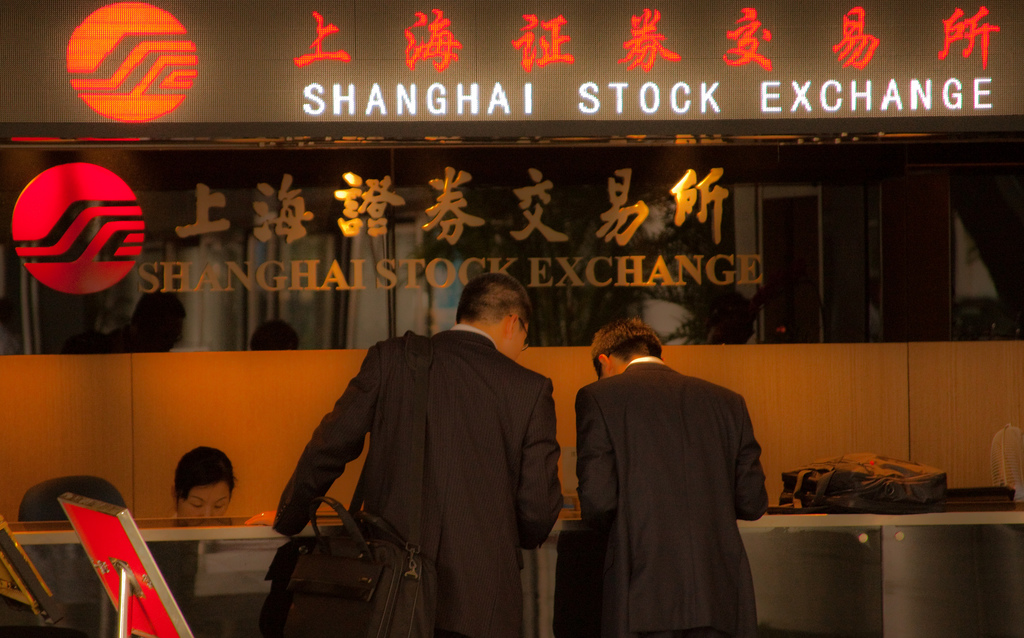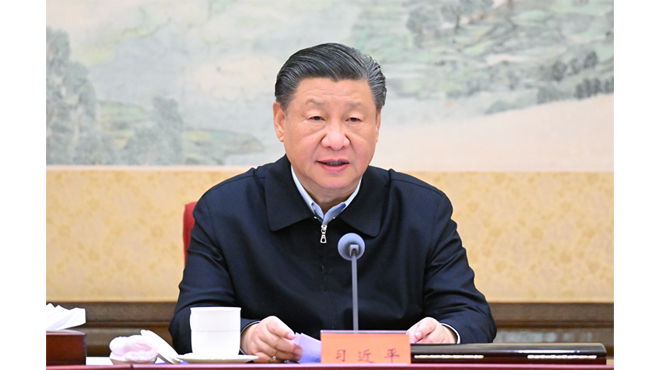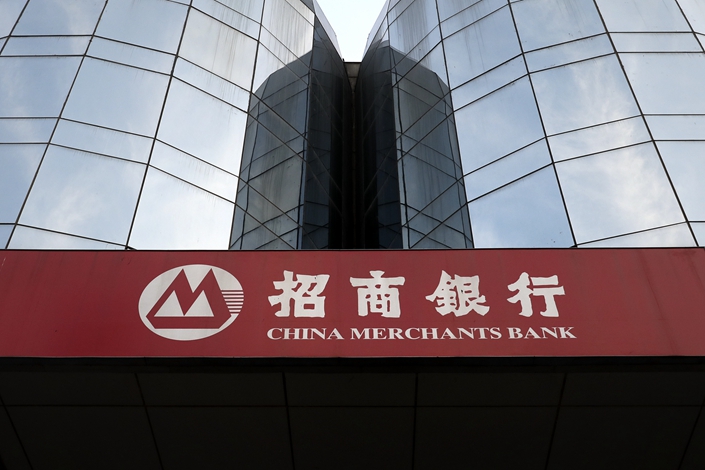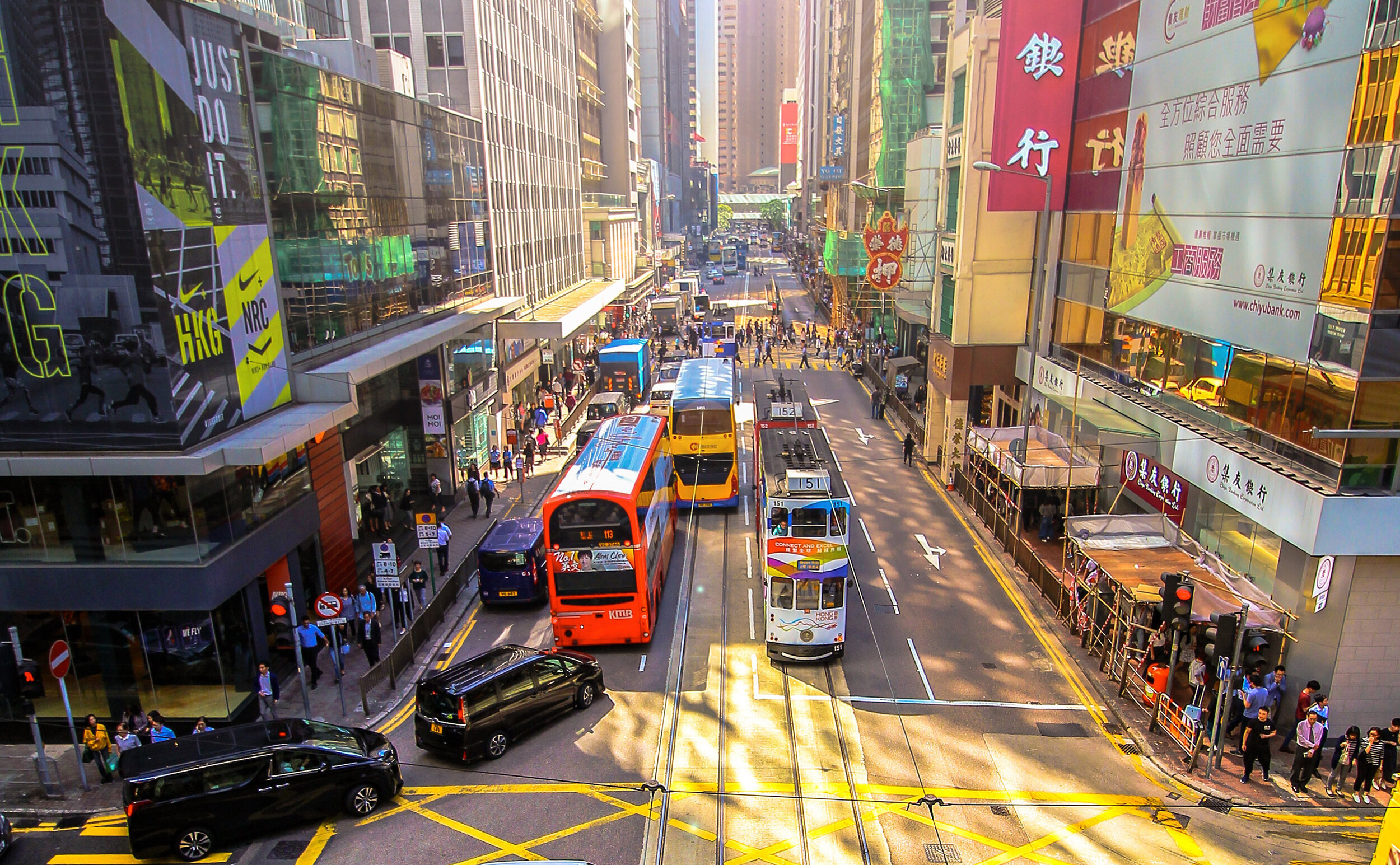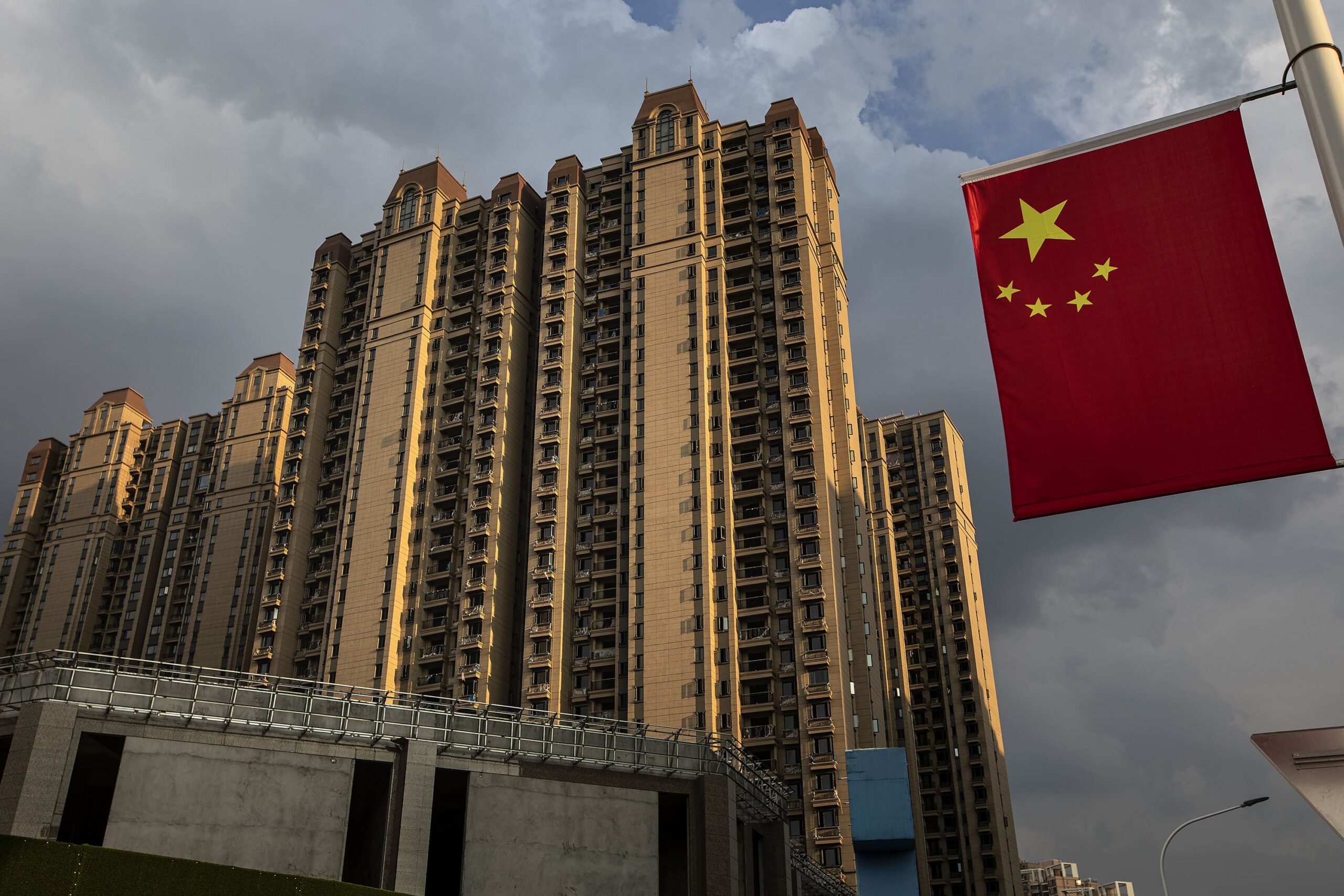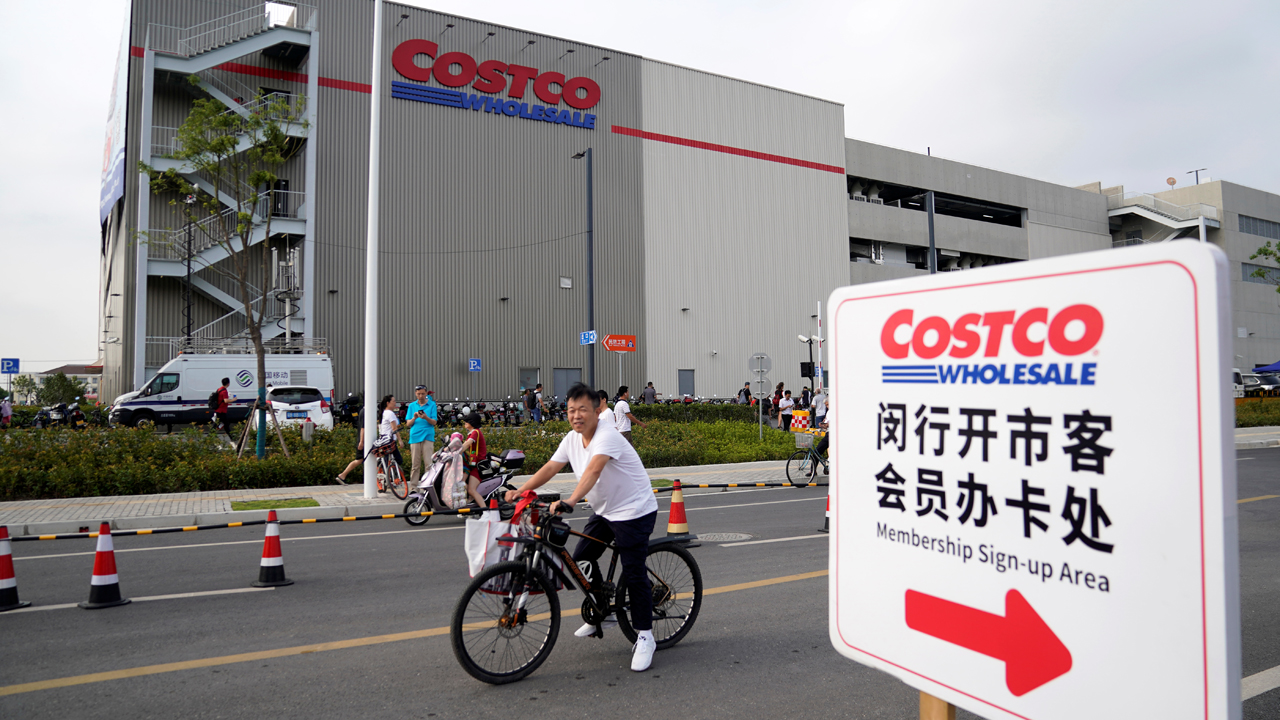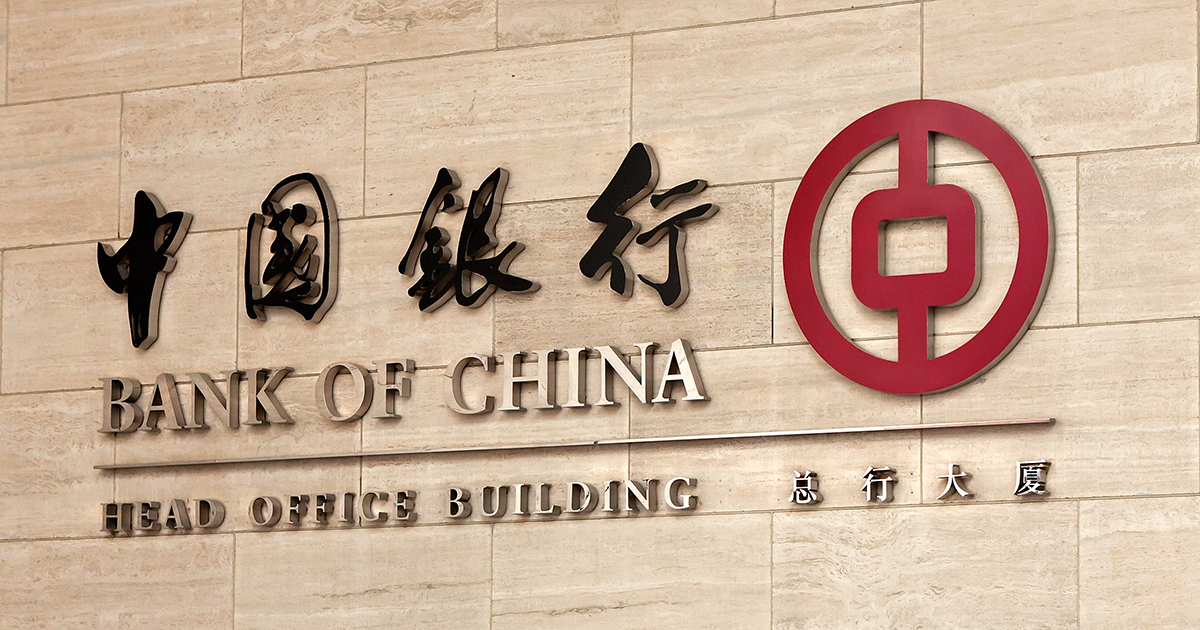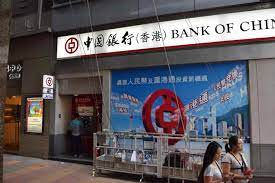Highlighted Companies
Bank of China ADD, TP HK$4.20, HK$2.76 close
We like BOC’s exposure to a rising US rate hike cycle via its HK subsidiary. We also like its inexpensive valuations (lowest of the big four banks FY22F P/BV ratio) and its high FY22F dividend yield (highest of big four banks).
China Merchants Bank ADD, TP HK$84.10, HK$42.20 close
CMB is our top sector pick. We believe that its ROE and better-than-peers net profit will be sustained, driven by its retail banking operations. We think continued rising ROE under the new president could be a re-rating catalyst.
Ping An Bank ADD, TP Rmb22.70, Rmb13.01 close
PAB is a key beneficiary of the ongoing recovery in credit card asset quality. It could also benefit notably from any loss of market share for fintech players given a stricter fintech regulatory environment.

Mortgage defaults: Insights from Jun’s MBS
- There is little sign of overdue mortgage pressure from Jun 2022 monthly MBS data (Fig 1), which is a marked contrast to early 2020.
- This suggests mortgage boycotts have yet to have any significant impact on overall mortgage defaults and is consistent with bank disclosures (Fig 4).
- We remain unconcerned about the direct financial impact of mortgage NPLs on bank profits under our stress test (Fig 9) of materially higher default rates.
- Our key concern remains flow-on impact to other sectors, with construction previously identified as an area facing stress. Retain Neutral rating on sector.
Jun MBS data: No signs of a pickup in overdue formation rates
We do not see any sign of a pickup in Jun 2022’s monthly mortgage overdue formation rates (comprising less than 30 days overdue) (Fig 1), which contrast with the significant rise of this ratio in early-2020 during the onset of the pandemic. Our analysis is based on data from mortgage-backed-securities (MBS) issued by CCB, China’s largest mortgage lender among state-owned-enterprise (SOE) banks and CMB, China’s largest mortgage lender among joint-stock banks. This is despite recent newsflow suggesting a marked pickup in mortgage defaults relating to new and uncompleted properties. This conclusion is consistent with the 15 banks that had disclosed their exposure to mortgage boycotts on 15-16 Jul 2022 amounting only to an average of 0.004% of 1Q22 total loans, with CMB the lowest at 0.0002% of 1Q22 loans (Fig 4).
Minimal profit impact under stress test to banks under our coverage
Even assuming worst-case 20% default rates among both property developers and relevant mortgage exposure for the banks under our coverage, the group NPL ratio impact averages to 0.29%, the group credit cost averages to only 0.08% of loans and the net profit impact averages to only 4% of FY22F net profits, before any offset via provisioning buffers (Fig 9). As a percentage of 1Q22 provisioning buffers, this only equates to an average of 6%. This is consistent with our view that investors should be unconcerned about the direct financial impact of these mortgage boycotts (see CMB: Time to address misconceptions, dated 14 Jul 2022).
But need to watch for flow-on impact
We are more cautious about possible flow-on indirect impact from these mortgage boycotts, with supply chains to developers and small companies more vulnerable. We had previously identified construction firms as facing greater credit quality stress in Corporate NPLs: Views from another angle, dated 24 Jun 2022 (Fig 21), with this segment comprising only 2% on average of bank loans (Fig 22).
Top picks: CMB-H, PAB, CITIC-H and BOC-H
We retain a Neutral rating on China’s banking sector. We value the banks using a stress test adjusted GGM. Upside/downside risks: better-/worse-than-expected economy and increase/decrease in policy risks.




